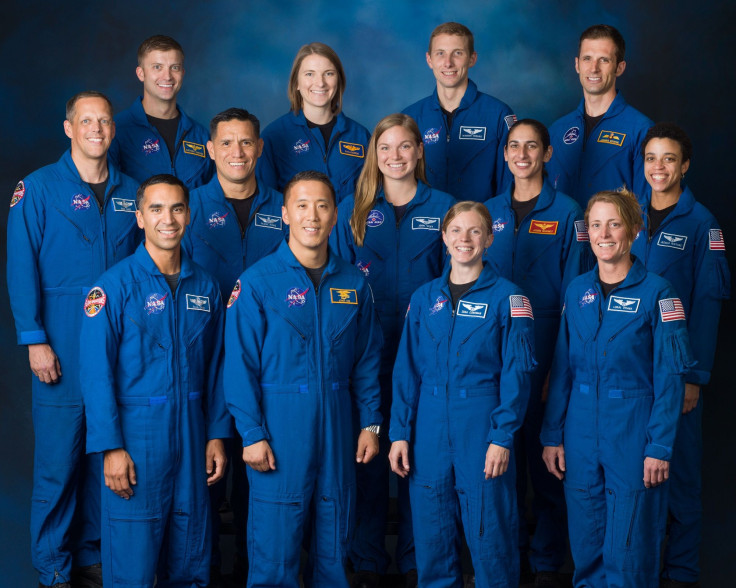First Astronaut Class Under Artemis Program Set To Graduate

KEY POINTS
- Thirteen new astronauts are set to graduate at NASA's Johnson Space Center in Houston
- The candidates were chosen out of a record-breaking 18,000 applicants
- After graduating, they will be eligible for space missions
- The class of astronauts is the first to graduate under the Artemis Program
The first class of astronauts set to graduate under the Artemis program will be honored on Friday, Jan. 10, at NASA’s Johnson Space Center in Houston.
The class consists of 11 NASA candidates and two Canadian Space Agency (CSA) candidates who were selected in 2017. They were chosen out of over 18,000 applicants, and after two years of training, the 13 astronaut candidates will finally become eligible for NASA missions such as assignments to the International Space Station (ISS) and even Artemis missions to the Moon and eventually to Mars.
The graduating astronaut candidates are Kayla Barron, Zena Cardman, Raja Chari, Matthew Dominick, Bob Hines, Warren Hoburg, Dr. Jonny Kim, Jasmin Moghbeli, Loral O’Hara, Dr. Francisco “Frank” Rubio, and Jessica Watkins of NASA, along with Joshua Kutryk and Jennifer Sidey-Gibbons of CSA.
They came from various backgrounds, from the U.S. and Canadian militaries to marine sciences and astronautical engineering. During their training years, all of them completed training in spacewalking, ISS systems, robotics, T-38 jet proficiency and the Russian language.
They will each receive a pin that marks their graduation and eligibility for spaceflight, adding to the ranks of just about 500 people who have gone to space.
Those following the media briefing on social media may ask questions using #AskNASA.
Astronaut Aspirants
What does it take to be an astronaut or to work at NASA? There are three basic requirements for anyone who wants to go to space: a Bachelor’s degree in a STEM field, three years of related professional experience, and to pass the NASA astronaut physical.
Keep in mind that not every STEM field will qualify, as NASA is mainly looking for those with degrees in engineering, physical science, biological science and mathematics.
For astronaut aspirants who are still in school, it would be wise to explore related subjects to see which ones they might excel at and which ones they do not much find interesting. Taking related elective classes would also be helpful, as well as joining clubs in science, math, engineering or robotics.
Those who study in schools that do not offer elective classes may also opt to take free online courses on their topic of interest. Once an aspirant is done with junior year of high school and has been accepted as a STEM major at a college or university, they may apply for an internship at JPL or NASA as early as the spring of senior year.
Of course, there are many different ways to NASA, but these are just some of the steps that many scientists and engineers took to land a job at the agency.
© Copyright IBTimes 2025. All rights reserved.






















